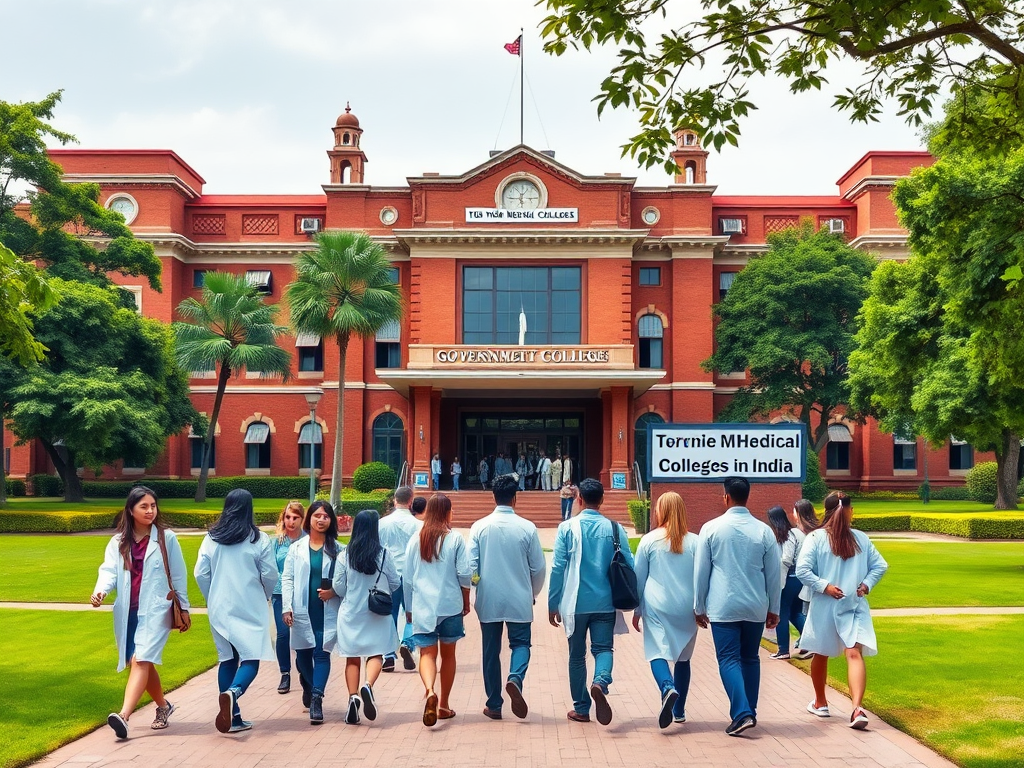Explore India’s farm to fork revolution Improving food security

India’s Farm-to-Fork Revolution: Enhancing Food Security and Sustainability
Introduction
India’s Farm-to-Fork Revolution is transforming the nation’s agricultural landscape by addressing inefficiencies and promoting sustainability across the food supply chain. This innovative approach aims to link farmers directly to consumers, improve food security, and reduce environmental impacts.
Strengthening the Agricultural Supply Chain
The revolution focuses on reducing food waste and improving efficiency through supply chain enhancements:
Key Improvements:
- Cold Storage Facilities: New cold storage units extend the shelf life of perishable goods.
- Improved Transportation: Better logistics and road networks enable faster movement of produce.
- Direct Connections: Digital platforms like e-NAM facilitate direct farmer-to-consumer sales, reducing intermediaries.
According to the FAO, India loses nearly 40% of its fruit and vegetable production due to inadequate storage and supply chain management.
For related insights, read our article on Improving India’s Agricultural Supply Chain.
Ensuring Food Safety through Regulations
Food safety is a critical component of India’s Farm-to-Fork Revolution.
Key Initiatives:
- Food Safety and Standards Authority of India (FSSAI): Ensures adherence to food safety standards.
- Traceability Systems: Technologies like blockchain enhance transparency and authenticity.
- Regular Inspections: Increased monitoring at production and distribution stages ensures safe food.
Learn more about food safety standards on the FSSAI website.
Promoting Sustainable Agricultural Practices
Sustainability lies at the heart of India’s Farm-to-Fork Revolution. Key initiatives include:
- Organic Farming: Government incentives encourage the use of natural fertilizers.
- Water Conservation: Techniques like drip irrigation and rainwater harvesting optimize water usage.
- Crop Diversification: Reduces dependency on monoculture and enhances soil health.
Discover sustainable practices with resources from SARE.
Government Policies Supporting the Revolution
The Indian government has introduced policies to enable the success of the farm-to-fork model:
- National Food Security Act (2013): Provides subsidized food grains to two-thirds of the population.
- Pradhan Mantri Kisan Samman Nidhi (PM-KISAN): Offers direct income support to farmers.
- e-NAM: An online marketplace ensuring better price discovery.
For further details, check out our blog on Key Agricultural Policies in India.
Empowering Farmers with Technology
Technology is empowering farmers to adopt innovative and efficient practices:
Technological Tools:
- Precision Farming: Sensors and data analytics improve yields and resource efficiency.
- Mobile Apps: Platforms like Kisan Suvidha offer weather updates and market prices.
- Drones: Monitor crops, spray pesticides, and estimate yields.
Explore technological advancements in agriculture on India AI.
Challenges and Future Outlook
Despite progress, India’s Farm-to-Fork Revolution faces challenges:
- Infrastructure Gaps: Many rural areas lack adequate facilities.
- Digital Divide: Not all farmers have access to technology.
- Climate Change: Extreme weather events threaten productivity.
To overcome these hurdles, investments in rural infrastructure, digital literacy programs, and climate-resilient farming practices will be essential.
Conclusion
India’s Farm-to-Fork Revolution is driving significant changes in agriculture, ensuring food security and sustainability. By improving supply chains, adopting sustainable practices, and leveraging technology, India is paving the way for a resilient agricultural future. While challenges persist, ongoing efforts from the government, private sector, and farmers are creating a more sustainable and efficient food system.







